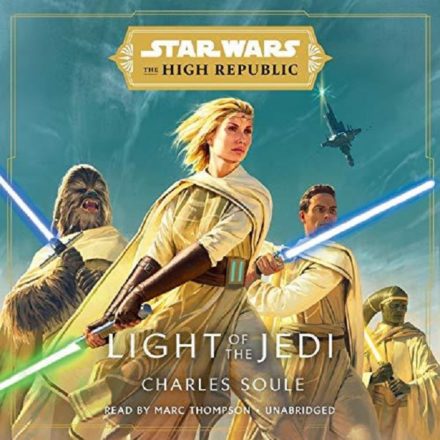Members get information about when streams/downloads become available, as well as accessing podcast RSS feeds for freely-available content to make listening to great shows a breeze, Register Here
All four men starred, and the show was obviously very similar in format to the future TV version. However, in many ways it was different. Stand up comedians such as Mark Thomas, Jo Brand and Donna McPhail had opportunities to work in front of a studio audience, while other comedians such as Nick Hancock contributed to the comedy. The main stars also didn’t appear in every show, most notably when Punt and Dennis were on tour with Carrott.
The radio show had some unique features that separated it from the television version. One such feature was the Punchline Experience. In this skit, in advance of the show the audience would be asked to come up with a punchline for a topical joke. A few were brilliant, most were awful and some were so bad or random that they were very funny. It was really a surprise this feature didn’t make it to TV.
However, much of the material that was used on TV was taken directly, word for word from the radio show. For example the running joke ‘M Khan Is Bent’, and Newman’s impression of Jonathan Ross were tried and tested on the radio show first. Indeed much of Baddiel’s stand-up routines originated on the radio show, as did most of Newman’s impressions.
The show ran on radio for a total of four series, before debuting (after a successful pilot) on BBC Two on October 3rd 1990. The show became an overnight success, and transformed the four stars into household names. The cutting satire was loved by student types, and for its time this show innovated and changed many perspective of comedy.
In its early days, the show was essentially a visual version of the radio show, with the same material word-for-word. Other than some visual jokes by Dennis (such as the dad with the inability to dance) it really didn’t do a lot different. However, as the show developed, it gained a number of unique characters and sketches that separated it from the radio version.
Episode List
- S00E01 – The Mary Whitehouse Experience – Pilot Show
- S01E01 – The Mary Whitehouse Experience
- S01E02 – The Mary Whitehouse Experience
- S01E03 – The Mary Whitehouse Experience
- S01E04 – The Mary Whitehouse Experience
- S01E05 – The Mary Whitehouse Experience
- S01E06 – The Mary Whitehouse Experience
- S01E07 – The Mary Whitehouse Experience
- S01E08 – The Mary Whitehouse Experience
- S01E09 – The Mary Whitehouse Experience
- S01E10 – The Mary Whitehouse Experience
- S01E11 – The Mary Whitehouse Experience
- S01E12 – The Mary Whitehouse Experience
- S02E01 – The Mary Whitehouse Experience
- S02E02 – The Mary Whitehouse Experience
- S02E03 – The Mary Whitehouse Experience
- S02E04 – The Mary Whitehouse Experience
- S02E05 – The Mary Whitehouse Experience
- S02E06 – The Mary Whitehouse Experience
- S02E07 – The Mary Whitehouse Experience
- S02E08 – The Mary Whitehouse Experience
- S02E09 – The Mary Whitehouse Experience
- S03E01 – The Mary Whitehouse Experience
- S03E02 – The Mary Whitehouse Experience
- S03E03 – The Mary Whitehouse Experience
- S03E04 – The Mary Whitehouse Experience
- S03E05 – The Mary Whitehouse Experience
- S03E06 – The Mary Whitehouse Experience
- S03E07 – The Mary Whitehouse Experience
- S03E08 – The Mary Whitehouse Experience
- S03E09 – The Mary Whitehouse Experience
- S03E10 – The Mary Whitehouse Experience
- S03E11 – The Mary Whitehouse Experience
- S03E12 – The Mary Whitehouse Experience
- S03ESP – The Mary Whitehouse Experience
- S04E01 – The Mary Whitehouse Experience
- S04E02 – The Mary Whitehouse Experience
- S04E03 – The Mary Whitehouse Experience
- S04E04 – The Mary Whitehouse Experience
- S04E05 – The Mary Whitehouse Experience
- S04E06 – The Mary Whitehouse Experience
- S04E07 – The Mary Whitehouse Experience
- S04E08 – The Mary Whitehouse Experience
- S04E09 – The Mary Whitehouse Experience
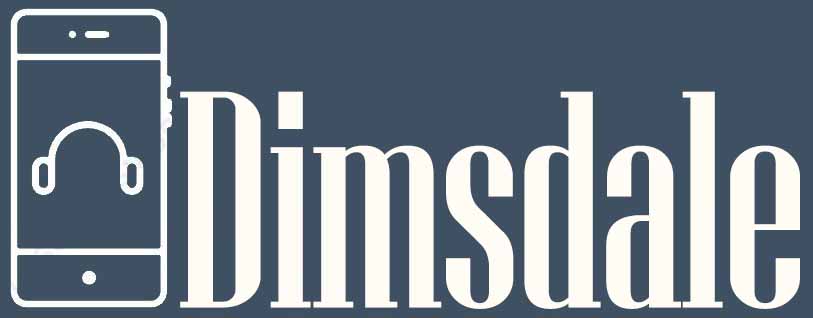
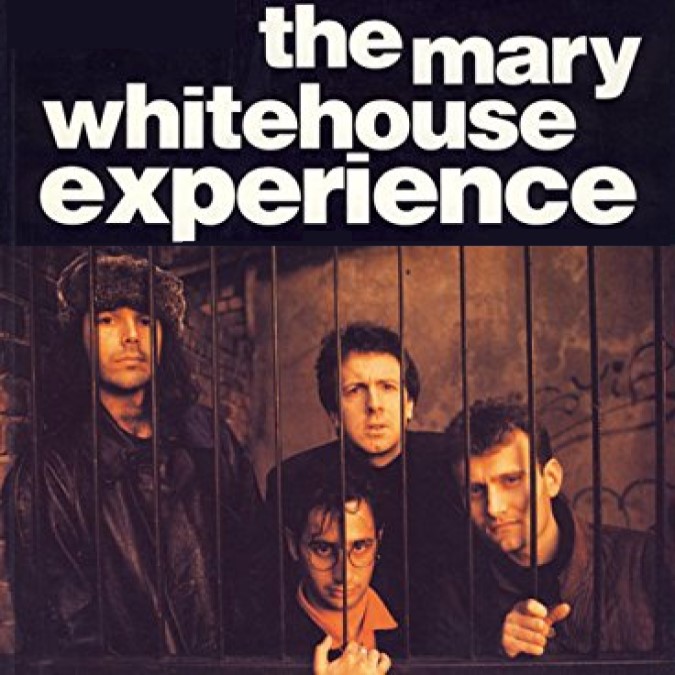

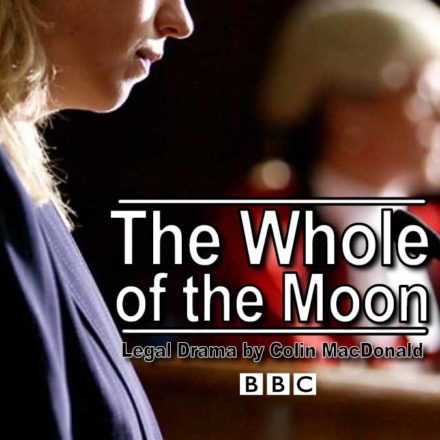
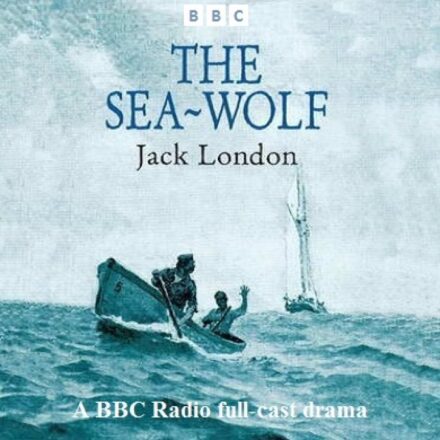
![Alien™ Series [2] Bug Hunt](https://www.dimsdale.co.uk/wp-content/uploads/xas2bh-440x440.jpg.pagespeed.ic.D_rh2cohLJ.jpg)
